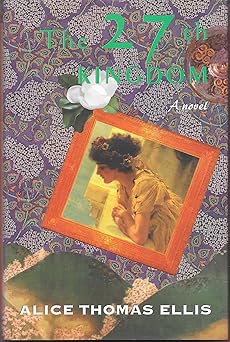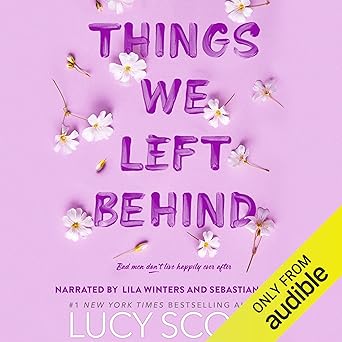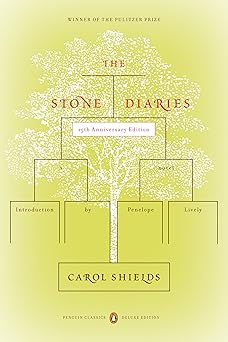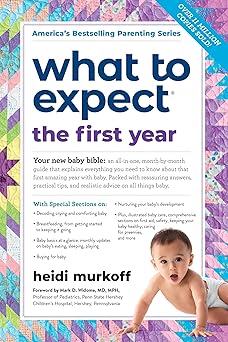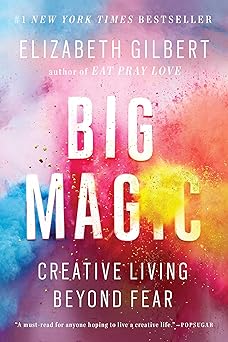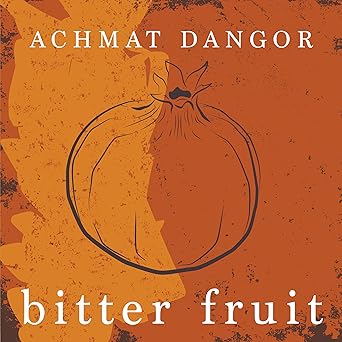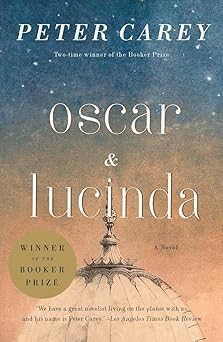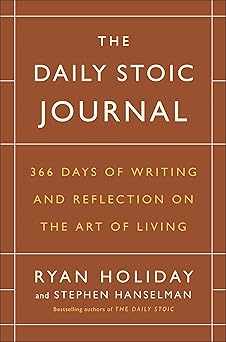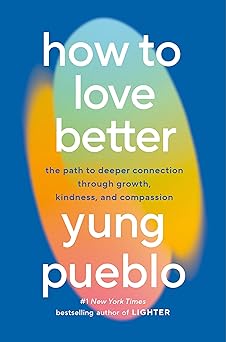
Relationships are a big part of life, aren't they? They bring so much joy, but they can also be tough sometimes. This book is like a gentle guide for anyone who wants to make their connections with others even better. It really emphasizes that the way we feel about ourselves is closely tied to how we love and connect with others. It's about seeing your relationships not as something to worry about, but as chances to learn and heal. Sometimes, we’re afraid to truly show who we are, especially at the beginning of a relationship. We might hold back, worried about what the other person will think. This book encourages you to be open and honest, and to see those moments of vulnerability as opportunities for growth. It’s a reminder that everyone has their own struggles and imperfections, and that by understanding this, we can approach our relationships with more kindness and patience. I remember once, I was so scared to show my true self to someone I cared about. It held us both back, and it took a lot of courage to finally let go of that fear. This book helped me realize that vulnerability isn’t weakness; it's a pathway to deeper connection.
The book covers a lot of ground when it comes to relationships. It talks about how to find balance and peace, how to really understand where someone else is coming from, and how to choose someone who is right for you. It also doesn’t shy away from the difficult parts – dealing with heartache, letting go when things don’t work out, and understanding how we sometimes cling to things we should release. It’s a very practical guide, offering advice on everything from how to argue in a healthy way to how to make promises you can keep. The core message is about looking inward. When we understand ourselves better – our fears, our patterns, our attachments – we’re better equipped to support both ourselves and the people we care about. I think so many of us get caught up in trying to fix the other person, but the biggest change often starts within. It's a bit like tending a garden; you can't expect beautiful blooms if the soil isn't healthy. The book is full of helpful steps for cultivating that inner soil.
Ultimately, this is a book about growth and understanding. It’s not a quick fix, but a journey towards more fulfilling and compassionate relationships. Whether you’re navigating a new romance, working on a long-term partnership, or simply trying to improve your connections with friends and family, the insights offered here can be incredibly valuable. It’s a reminder that love isn’t just about grand gestures, but about the small, everyday acts of kindness, honesty, and self-awareness. The author uses poems and personal experiences alongside thoughtful suggestions, making it a very approachable and inspiring read. It’s a book you can return to again and again, finding new perspectives and guidance as you continue on your own personal journey.
Relationships are really important, aren't they? They can bring so much happiness, but they can also be hard sometimes. This book feels like a warm hand guiding you through those tricky parts, reminding you that how you feel about yourself has a lot to do with how you love others. It's about seeing the people in your life not as problems to be solved, but as chances to learn and grow as a person. I think we all struggle with being truly open with people, especially when things are new. It's that worry in the back of your mind – what will they think? What if they don’t like the real me? I remember feeling that way a long time ago. I was so afraid to let someone see my imperfections that I ended up pushing them away. It took a lot of courage to realize that being vulnerable isn’t a weakness. It's actually a way to get closer to someone and build a deeper connection. This book gives you that gentle nudge to take that leap of faith, to show your true self to the people you care about. It’s a reminder that everyone has their own battles they’re fighting, and by understanding that, we can treat each other with more kindness and patience. It encourages us to be brave, to be honest, and to remember that even when things are hard, there's always a chance to learn and grow.
The book goes into a lot of areas when it comes to dealing with people. It’s not just about romantic relationships; it’s about all the people in your life – your family, your friends, even your coworkers. It talks about how to find peace and balance in your relationships, how to truly understand where someone else is coming from, and how to choose people who are right for you. It also doesn't avoid the difficult parts, like dealing with heartache and knowing when to let go. It gives you practical advice on everything from how to talk about problems in a healthy way to how to make promises you can actually keep. The main idea is to look inside yourself. When you understand your own fears, your patterns, and what you’re attached to, you’re in a better place to support yourself and the people you care about. I think so many of us spend time trying to fix other people, but real change usually starts within. It’s like taking care of a garden – you can’t expect beautiful flowers if the ground isn’t healthy. This book offers steps for taking care of that inner ground, so you can grow stronger and more resilient.
Ultimately, this is a book about becoming a better version of yourself and understanding the people around you. It’s not something you can read and then have everything figured out. It’s a journey, a process of learning and growing. Whether you’re starting a new relationship, working on a long-term partnership, or just wanting to improve your connections with the people in your life, the ideas presented here can be really valuable. It’s a reminder that love isn’t just about big, dramatic gestures. It’s about the small, everyday actions – being kind, being honest, and being aware of yourself. The author shares personal stories alongside thoughtful suggestions, which makes it feel very approachable and inspiring. It's a book you can pick up again and again, discovering new ways to look at things as you keep growing and learning.
Rating: 5.0 / 5.0
Relationships are so important, and they can be both joyful and challenging, can't they? This book feels like a supportive friend offering gentle guidance as you navigate those moments. It's about understanding that how we feel about ourselves is deeply connected to how we love and connect with others. It encourages you to see your relationships not as something to worry about, but as chances to learn and grow. I remember times when I was scared to truly show who I am to someone I cared about, and it held us both back. This book reminds us that everyone has their own struggles, and by understanding that, we can be kinder and more patient with each other. It’s a practical guide to finding balance, understanding others, and choosing good people to share your life with, even when things are hard. It's a reminder that growth comes from within, and that being honest and brave – even when it’s difficult – can lead to deeper connections and a more compassionate way of loving.
